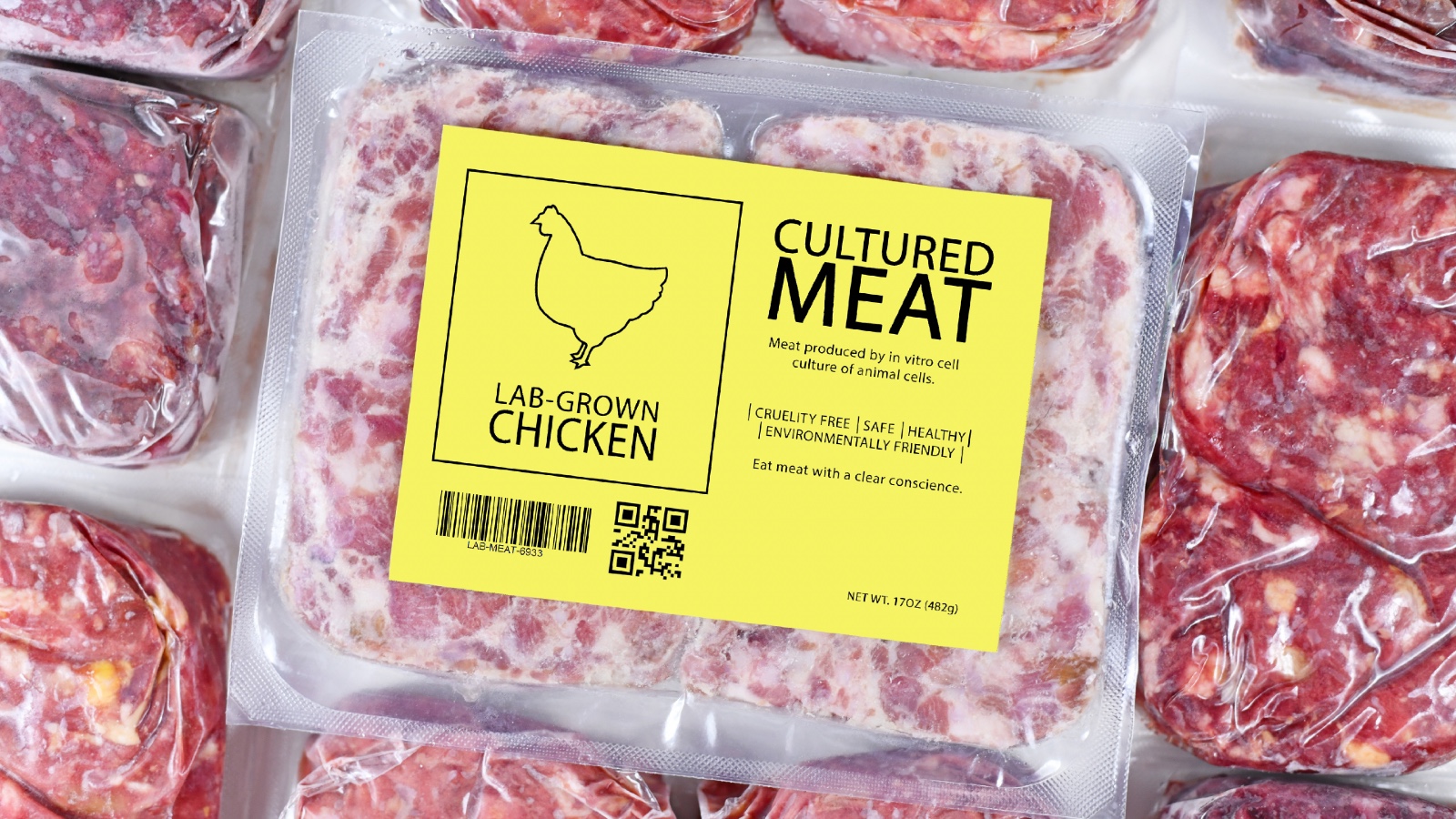Slabs of chicken meat grown from cells nurtured by scientists, rather than from birds raised and slaughtered by farmers, can now be sold in the United States. The U.S. Department of Agriculture greenlit two kinds of lab-grown chicken for the first time on Wednesday. The move makes the United States the second country in the world, after Singapore, to allow cultivated meats on the market. Although the poultry (or poultry-esque) products — by Upside Foods and Good Meat — won’t be on the shelves at your local grocery store anytime soon, the approval marks a milestone for alternative proteins.
The innovative meat, grown from cell cultures fed amino acids, sugars, salts, and vitamins, has generated intrigue among investors, animal rights advocates, and fancy-food connoisseurs. One of cultivated meat’s key selling points, beyond mere novelty, is that it could be a salve for global warming. Growing meat in a lab doesn’t involve livestock or land for grazing and cuts out the greenhouse gas emissions associated with raising cows, chickens, and pigs for food — 11 percent to 14.5 percent of global climate pollution. By some estimates, cultivated meat could reduce those emissions by 92 percent.
“The key thing here is that it’s all about efficiency,” said Elliot Swartz, a scientist at the Good Food Institute, a nonprofit that promotes alternative proteins. Culturing cells in a lab is roughly three times more efficient at converting nutrients into meat than conventional chicken farming, Swartz said. “This efficiency means you need less crops to grow, which translates to less land.” That, in turn, means more land that could be used to store carbon through rewilding and habitat restoration, Swartz added.
The story doesn’t end there. As with other emerging technologies, there’s uncertainty about the climate implications of cultivated meat. While feeding stem cells, muscle cells, or fat cells doesn’t generate methane — the potent greenhouse gas belched by cows — a lot of energy goes into manufacturing the ingredients to feed those cells and maintaining the right conditions, like temperature, to nurture them. Some research suggests that replacing methane emissions from cattle with the carbon dioxide generated from meat cultivation could be worse for the planet in the long run.
“For lab-grown meat, most of the emissions are associated with energy inputs,” said Marco Springmann, a senior researcher at the University of Oxford’s Environmental Change Institute. Given how energy intensive the process is, Springmann expressed skepticism about the claims that cultivated meat is significantly better for the environment than the cuts you’d get today at the supermarket. A study by researchers at the University of California, Davis indicates that meat cultivation would have to become more energy efficient to compete with conventional meat from a climate standpoint. (Swartz said he sees potential issues with assumptions underlying that research, which has not yet been peer-reviewed, such as that cultivated-meat producers have already adopted energy-saving practices not reflected in the study.)
One big advantage to cultivated meat, according to both Springmman and Swartz, is that it can be powered by renewables. Cows are always going to burp methane. But the carbon dioxide that comes from growing meat in a lab can be dialed back with wind or solar. “The manufacturer of cultivated meat has a lot of control over the carbon footprint,” Swartz said.
A host of questions remain about how manufacturers will scale up their products and what their emissions will look like. One thing that’s settled, according to Springmann, is that a better climate solution than growing meat in labs is eating less meat in favor of more vegetables. “It’s very unlikely you can design a product that can be more environmentally friendly than legumes.”




